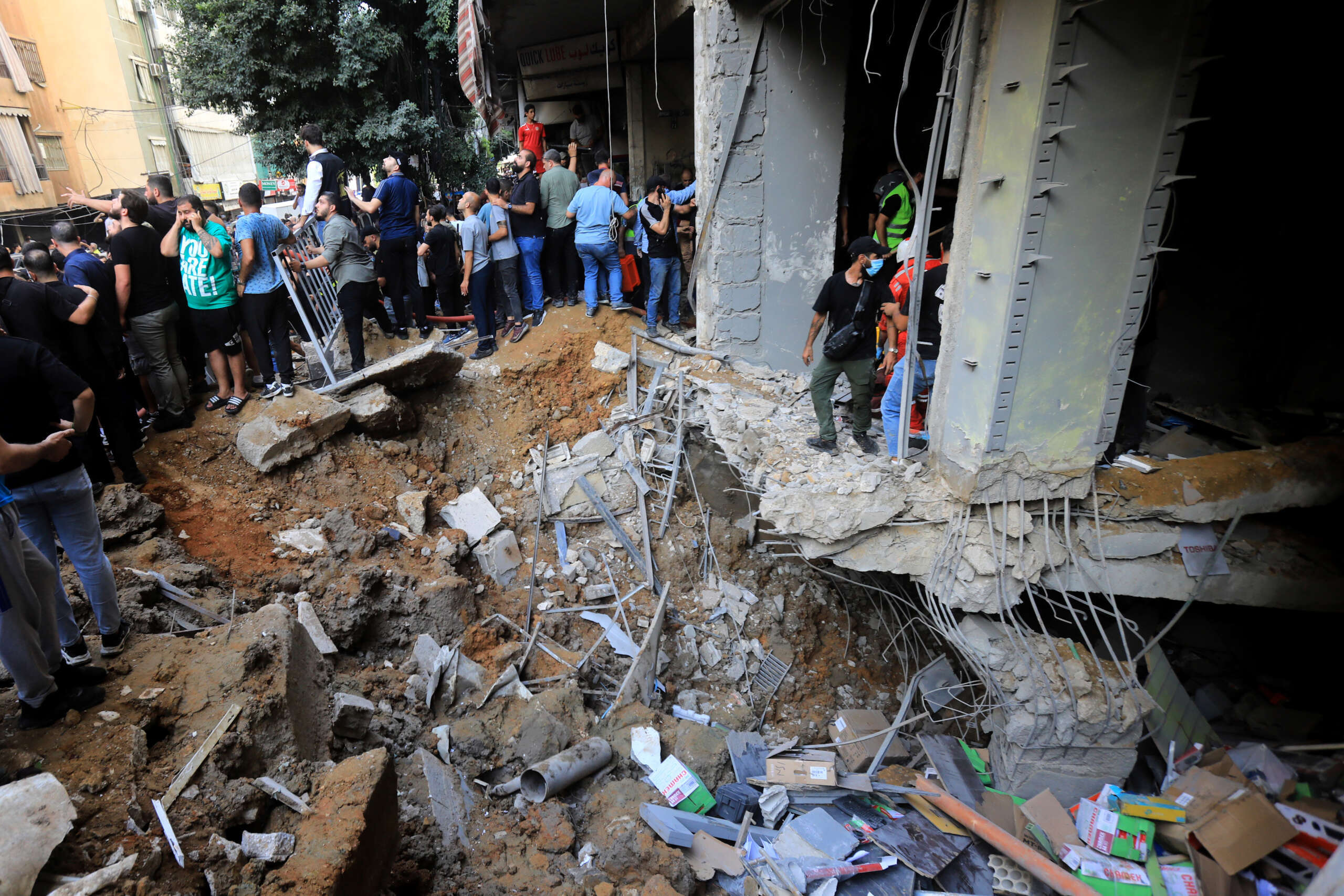There was no hint of de-escalation as Israeli warplanes bombed a residential area of Beirut on Friday, killing at least 31 people, including multiple Hezbollah commanders, and wounding at least dozens of others. Lebanon’s Ministry of Health said that the dead include three women and seven children.
During a Saturday television interview, Israeli Minister of Education Yoav Kisch falsely proclaimed that “there is no difference between Hezbollah and Lebanon.”
“The way things are progressing at the moment, Lebanon will be annihilated,” he vowed. Pressed on the genocidal implications of the word “annihilated,” Kisch said, “Lebanon as we know it will not exist.”



Here
1929
Husayni Exile to Nazi Germany